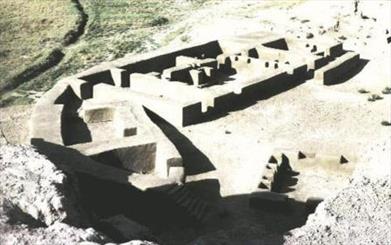An important historical monument called Gudin Hill is located in Kermashan Province in the East part of Kurdistan. The site is one of several historic places in the province. Kermashan province has had an important place in history. Because of its strategic location, the province has always played a special role in historical events.
In addition to its historical monuments, it also has several important natural and artificial monuments. Natural monuments such as the Asngaran Cave, Praw, and Two Caves are just some of these natural monuments. There are also artificial monuments such as Mayasht Bridge, Kucha Bridge, Bestun Bridge, etc., all of which are historically important.
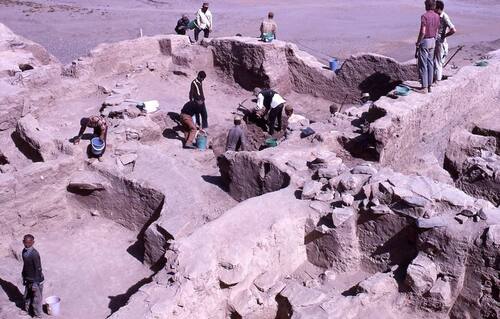
Gudin Hill Historical Monument is located in Kermashan province, one kilometer west of Gudin city of Kangavar city. The monument was discovered in 1961 and was studied between 1965 and 1971 by a Canadian team led by Kyler Young. According to research, a very important castle was built on Gudin Hill.
The significance of the study was that Gudin Hill was a trading place for Lapis Lazuli stones. (Lapis Lazuli stone is a type of stone that is blue and is mostly used in jewelry). Trade in this type of stone was between the province of Badakhshan in Afghanistan and the Mesopotamian civilization.
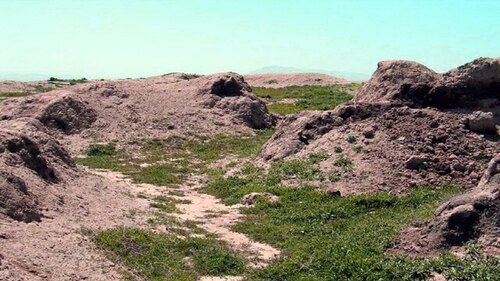
Gudin Hill is divided into five layers, the first of which dates back to 500 to 2300 BC. But in general, historical archaeologists say that Gudin Hill dates back more than 5,000 years BC.
Some remains dating back to the Median period have been found there. During the investigations, some warehouses containing types of tiles were found. Some of the tiles were painted and some had beautiful and unique colors.
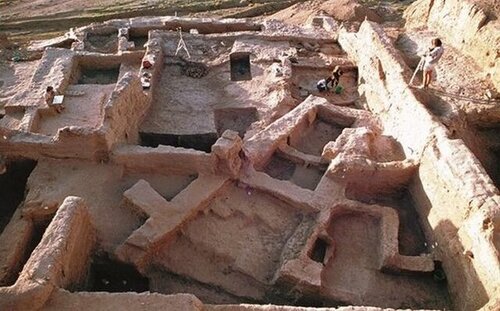
Archaeologists concluded that Gudin Hill was a place of trade among the rulers of that time in history. A large castle from the Median period was also discovered during the excavations. The castle is surrounded by towers and walls, and special archery areas have been built within the walls. The most important part of the castle was a hut with five rows of columns. The architectural style of the hut was so geometric and beautiful that other architects used the construction of other buildings.
Some chemical studies of the remains have shown that beer was produced there between 3,100 and 3,500 BC. Although Gudin Hill is a very important monument, it has not been researched or protected. Even the surroundings are not fenced.
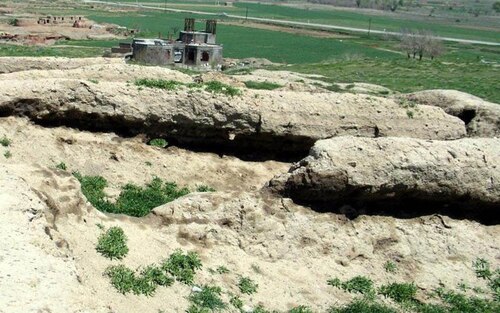
Next to Gudin Hill is a shrine called Imamzadeh Baqir and a cemetery that has been damaged due to the expansion of the cemetery.
In addition to the Imamzadeh and the cemetery, the historic site is being destroyed by rain and water, but no one in power takes responsibility for it. On the other hand, grazing of cattle, especially in the spring, has caused a lot of damage to the area.
Nothing has been done to introduce the monument, which is located in the East part of Kurdistan but a sign on the Kangavar-Twesarkan road.
